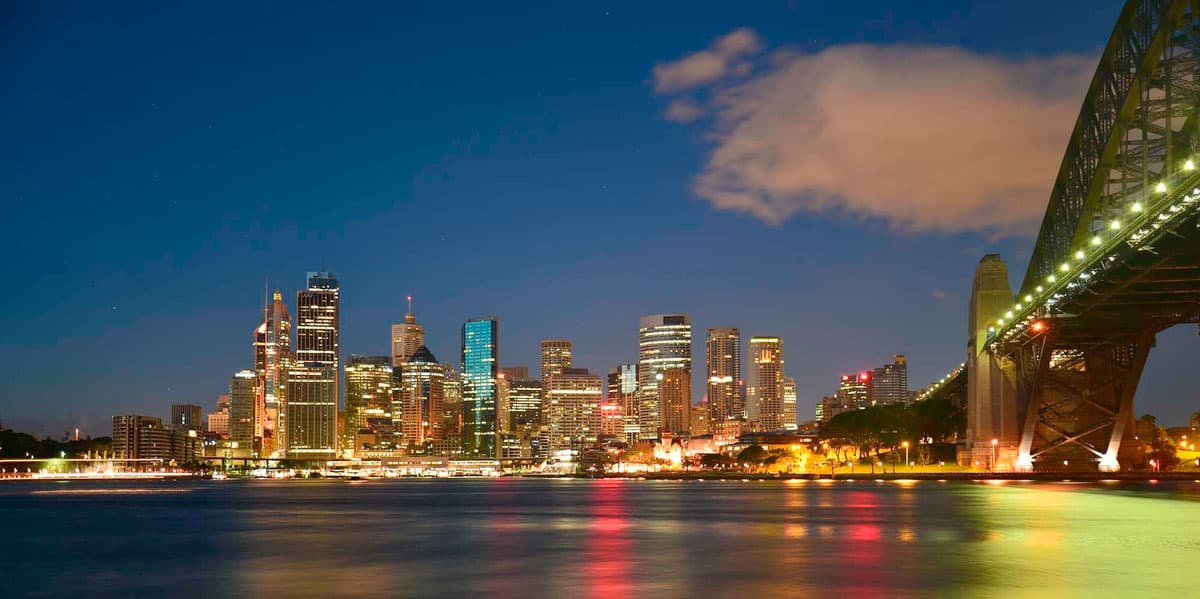With elections looming, it’s little wonder State governments want to reduce voter frustration about rising energy prices. So, will the latest quick fixes make any difference?
The Victorian Government are paying $50 to residents who complete a comparison on the Victorian Energy compare web site. In the NSW Budget announced on June 19th, the NSW Government are establishing an online “one-click energy switch” service through Service NSW. Service NSW will “advise on the best alternative energy deals and provide assistance in signing up to a new deal in a few easy clicks”.While we welcome Government support to help consumers reduce their electricity bills (which is precisely what we do), we don’t think this is money well spent. Here’s why these energy policies are ineffective. Plus, our suggestions on what the State Governments could be doing instead.
No shortage of comparison services
Firstly, there are already almost two dozen comparison services available to consumers. These include the Government run, taxpayer-funded Energy Made Easy and Victorian Energy Compare. These services are already heavily promoted to consumers. They appear on customers electricity bills and energy price fact sheets. You’ll find there are links on retailer websites. Plus, ongoing advertising and promotion on social media. Engaged consumers will already know of the Government services and some may choose to use them. Of course, there are plenty of limitations (like a complete absence of solar on Energy Made Easy) that we’ve outlined in our comparison of comparison services.
State governments created the problem
Secondly, both states are guilty of selling off monopoly electricity networks to private hands and legislating minimum returns (i.e. profits) to these organisations. As a result, these privatisation decisions have not helped reduce the cost of electricity as the ACCC and others have pointed out. Having to bribe consumers to engage with the energy market suggests that there is something fundamentally wrong. Privatisation and competition can work for consumers. A good example is the telecommunication industry following Telstra’s privatisation. Consumers are engaged with the market. Constant innovations and competition have resulted in greater value on offer. However privatising a regulated monopoly, such as toll roads or electricity networks, rarely brings anything other than greater costs over time. This needs to be much better managed by the Government.
Vote buying today. Then what?
Thirdly, with a Victorian election coming up, it’s hard not to be cynical that paying consumers $50 just to use the Victorian Energy Compare site is just a vote buying exercise. The estimated $50 million could be spent on upgrading public housing insulation, efficient appliance discounts/retrofits, or solar on public housing. This would offer long lasting effects – saving taxpayers more money over decades. To their credit, the NSW Government have recently launched a program that supports many of these actions. Even adding solar to State Government buildings would result in material savings to taxpayers over time. The payback period on solar is around 5-7 years in NSW. In this case, the longer-term savings will more triple the upfront investment. In addition, mandating electric vehicles in state fleets would reduce running costs and also help drive down EV prices for consumers. Just like the support of solar five to ten years ago, increasing volume reduces prices for everyone. Now solar is accessible and a much lower cost energy source for average consumers with a fiercely competitive industry.
A better return available
Fourthly, at least in NSW, there is a lack of future energy policy that targets affordability and low emissions. While we acknowledge that NSW is spending more money on energy affordability schemes, the lack of vision around the transition to renewable energy risks leaving the households and businesses of NSW with higher electricity bills as well as carbon emissions over the coming decades. As my own experience shows, the really significant savings come for solar, tariff switching, electric vehicles, energy storage and behavioural changes. While the NSW Government is flush with funds (thanks to stamp duty from surging house prices) it’s easy to throw some money around on “affordability” measures. Unless there is a longer-term vision, this will only reduce the electricity bills of a small number of households.
Where to Next?
So, after all of our taxpayer money has been thrown around, there is one question. Will there be any lasting effect or real benefit of this policy? Cynically, you could argue that promoting comparison and deal chasing will result in even greater price differences between engaged and disengaged consumers. Because covering the discounts required to win customers who are shopping around, leads many retailers to charge higher rates to their loyal customers. Surely, the role of government is to inform and support consumers around broader energy saving opportunities that will last.
Our experience is that while switching and keeping on top of your electricity plan is the first step to energy savings, the bigger and more permanent changes come elsewhere. I’ve made it my mission to help our customers more over time so that they too can turn a $5,000 annual energy bill to less than $500.

